In a much-anticipated reveal, King Charles III’s first official portrait since becoming king has sparked widespread conversation. Public reactions and critics’ opinions are far from mild, igniting lively debates on social media and among art enthusiasts. It’s evident that King Charles’ portrait is poised to be one of the most discussed royal artworks in recent memory.
Revealing the artwork
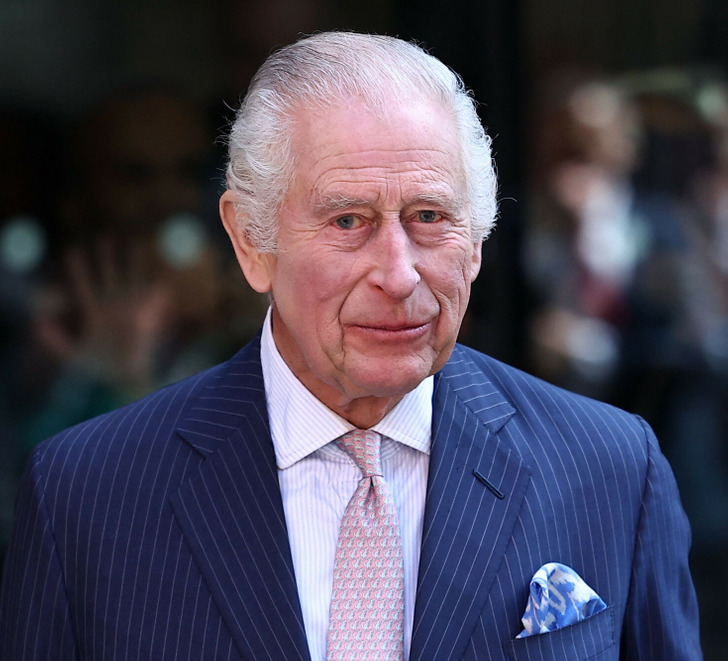
Recently, King Charles III revealed a new portrait of himself at Buckingham Palace, marking the first since his coronation. The Royal Family’s Instagram account posted an exclusive video showing the king presenting the artwork.
This notable portrait will eventually be showcased at Drapers’ Hall in London, joining its esteemed art collection and providing the public with a chance to see the monarch’s regal image.
The comments section quickly became a hotbed of debate.
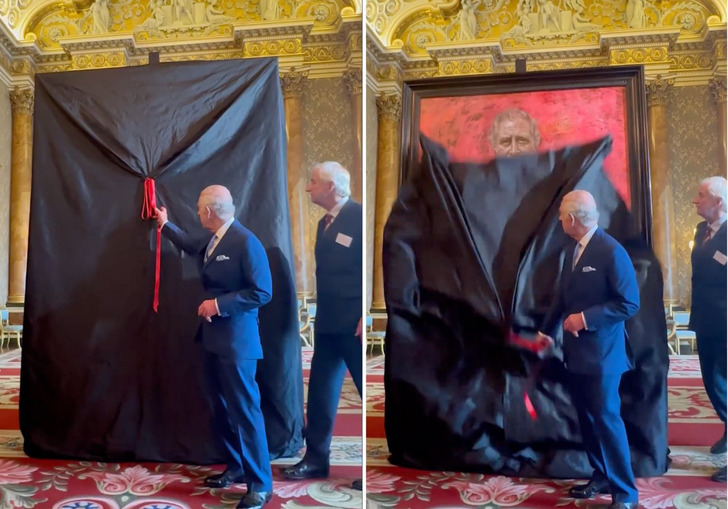
The unveiling ignited a heated debate in the comments on the Royal Family’s Instagram post and other social media platforms. Opinions were sharply divided, with some users harshly criticizing the portrait. Comments included, “I would be very upset and offended if this was my royal portrait. It looks like a floating head in a sea of red. This is awful. Horrendous.”
One person said, “This is terrifying. Red is ALWAYS a bad sign unless it’s roses. This looks like a blood bath,” while another added, “It looks like it’s on fire.”
Despite the negative feedback, there were also positive remarks such as, “I love the portrait. It’s beautiful.” These mixed reactions highlight the polarizing nature of the portrait and the strong emotions it has stirred among the public.
What it actually represents
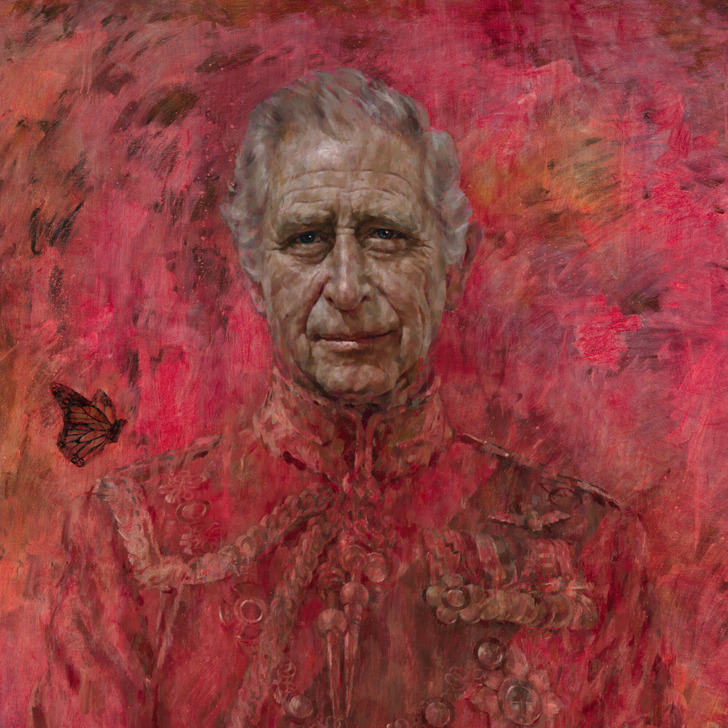
Jonathan Yeo, a well-known artist renowned for his innovative style in painting people, has gained praise for his ability to merge classic techniques with new ideas in portraiture. Yeo’s method involves more than just painting what someone looks like; he delves deep into the personalities of his subjects to capture their true essence.
In his latest work portraying King Charles III, Yeo stayed true to this approach. He aimed to strip away any distractions in the painting, focusing solely on allowing viewers to connect with the person behind the royal title. By spending time with the king and understanding him on a personal level, Yeo was able to create a portrait that goes beyond surface appearances and reveals the human within.
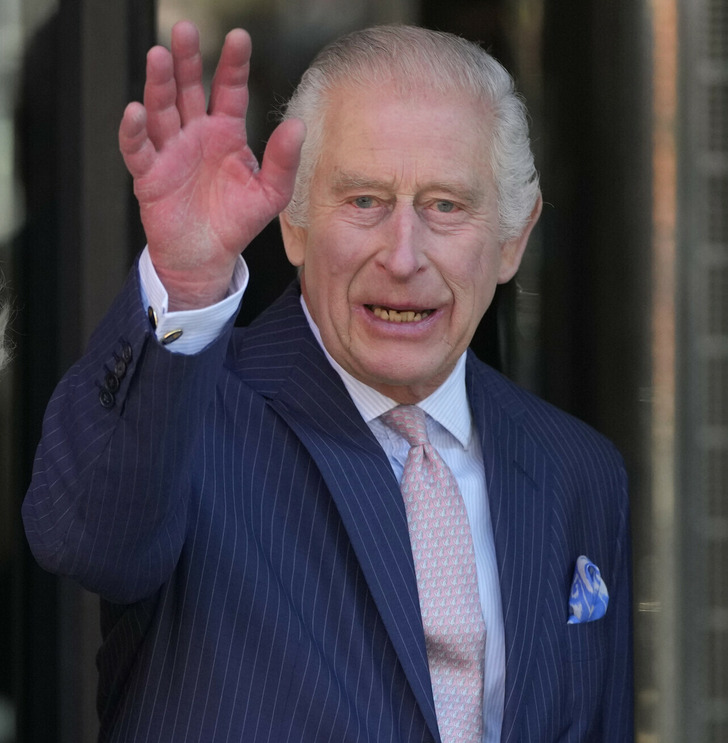
In Yeo’s portrait of King Charles III, one striking detail is the presence of a butterfly. This butterfly isn’t just a random addition; it holds deep symbolism and serves multiple purposes. Yeo explained that beyond representing the beauty of nature, the butterfly also highlights the environmental causes that the King has long supported, even before they became widely discussed.
Moreover, the butterfly adds visual interest to the portrait, breaking the uniformity and adding layers of meaning. In art history, butterflies often symbolize transformation and renewal, mirroring the King’s journey from Prince to monarch during the time the portrait was painted. This choice underscores the significant changes in King Charles’s life.
Yeo expressed his gratitude for the opportunity to create such an important portrait, “To try and capture that for His Majesty The King, who occupies such a unique role, was both a tremendous professional challenge and one which I thoroughly enjoyed and am immensely grateful for.”
Explore King Charles III’s life in-depth with 8 Things About King Charles III That Will Help Us Understand Him Better. Delve beyond his royal image to uncover intriguing insights into his interests, personal stories, and distinctive characteristics.
Man Spends $70K To Tattoo His Full Body And Eyeballs, Reveals What He Looked Like Before

Quest Gulliford, a TikTok sensation and cancer survivor with a large tattoo collection, is causing waves with his viral video that exposes his bold dyed eyeballs in addition to his full body tattooing. It’s an astounding exhibition of individualism.
Successfully overcoming Hodgkin’s lymphoma, Gulliford has spent an incredible $70,000 on tattoos since starting his adventure in 2009. In his most recent TikTok video, he describes going through an eyeball tattoo, an experience that needed a great deal of mental preparation. It takes viewers on a visceral journey.

Gulliford stated, “It was definitely high risk, high reward, especially since I’ve wanted it done for so long,” in reference to the procedure’s high stakes. and after three years, I’m still really pleased with it.
He has spent over $70,000 on his distinctive style of self-expression, of which $10,000 is devoted to the modification of his eyes alone.
Gulliford acknowledged, “It took me a long time actually on the day once I walked into the shop to even psych myself up to get it done,” when describing the mental toughness needed on the day of the eyeball tattoo in Houston, Texas. In this non-traditional process, which is more like an injection or alteration than a normal skin tattoo, a needle is inserted into each side of the eyeball.

Unexpectedly, Gulliford disclosed that he intends to see the same tattoo artist the following month to improve his eye ink, demonstrating his dedication to pushing the limits of personal expression.
Among the many tattoos that cover his body, Gulliford proudly sports one that represents his successful fight against cancer. Every tattoo he has, from his first, a cross with the words “God First” on his chest, to his moving purple cancer ribbon commemorating his battle with Hodgkins lymphoma in seventh grade, narrates a tale of perseverance.

Gulliford recalled his health struggle that culminated in his tattoos, saying, “I had a big lymph node growing.” I didn’t give it much thought. It was chemotherapy for around half a year. After that, I felt as though I had superhuman strength.
In a 2019 interview with Inked, Gulliford revealed that when he first started getting facial tattoos at the age of 18, his mother wasn’t happy about it. Even though she finally came around to smaller face tattoos, her qualms were aroused as ink spread onto a larger canvas, leading her to intervene at tattoo parlors to try and discourage artists from doing larger facial tattoos.

Quest Gulliford’s unabashedly honest path of self-expression, characterized by victory over hardship, never fails to enthrall audiences, demonstrating that sometimes the most amazing tales are etched on our flesh.
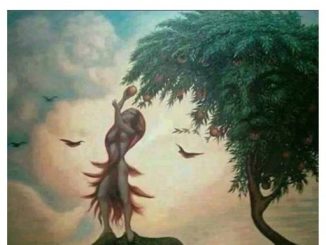


Leave a Reply